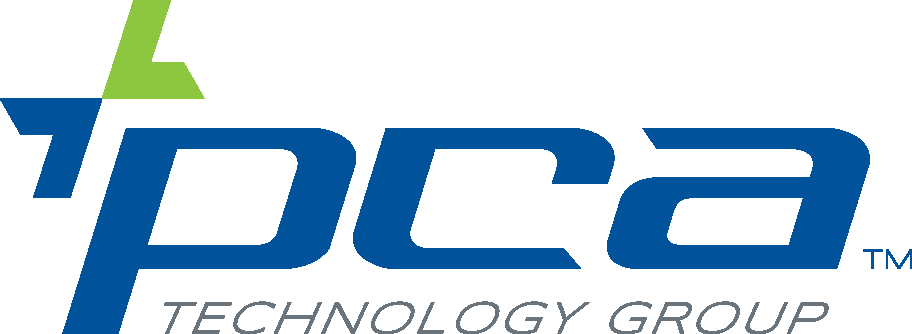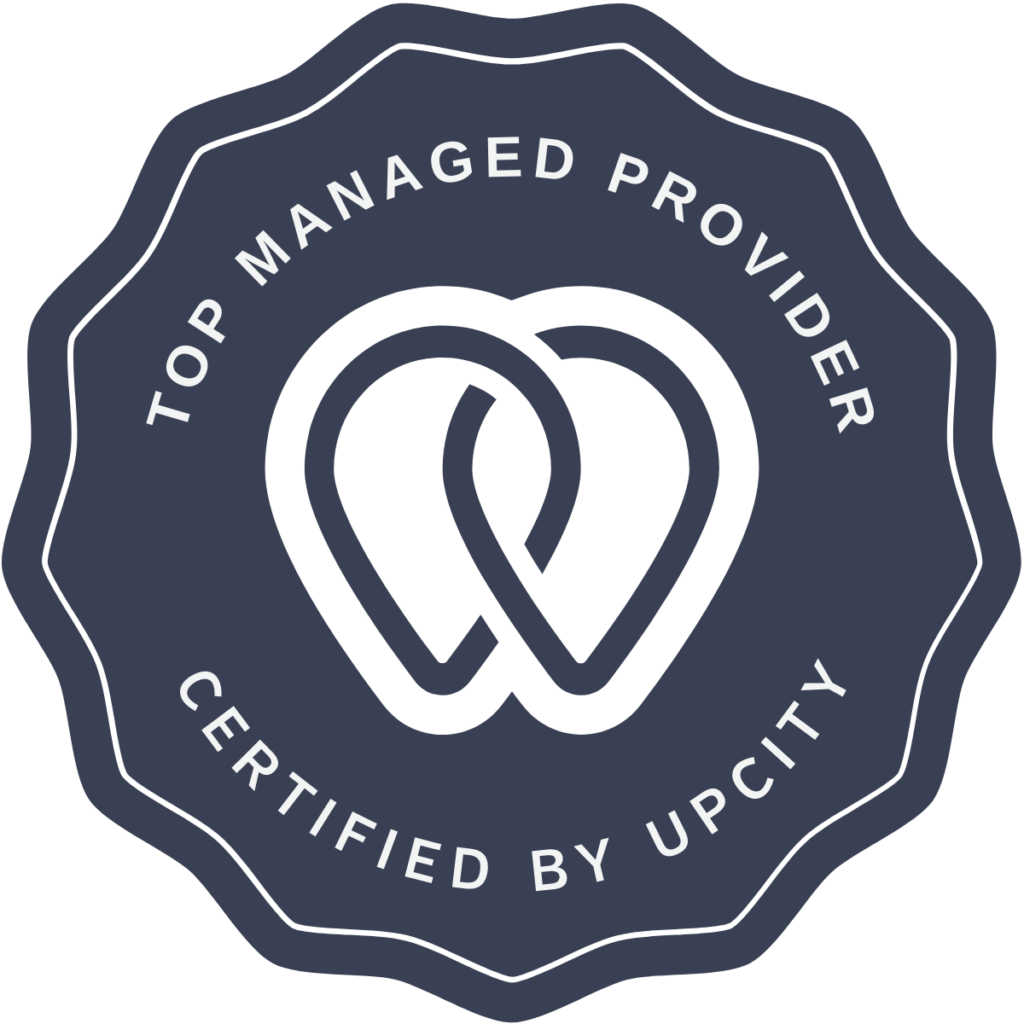The digital world is brimming with innovative software applications that streamline tasks, enhance communication, and transform how businesses operate. But have you ever wondered how these programs come into being? The answer lies in the diverse field of software development and its various specializations.
This article is your guide to understanding nine key areas of software development, providing a clear picture of their roles and the technologies that power them. Whether you’re a small-business owner or a staff member trying to gain insight, this breakdown will empower you to make informed decisions regarding the software solutions your business needs.
The 9 most common software development types
While not an exhaustive list of every single form of software development, this list includes the most prominent and widely practiced types. These include:
Front-end development
Front-end development focuses on crafting the user interface (UI), which are the visual elements and interactive features that users directly interact with. Front-end developers meticulously design the buttons, menus, text, images, and the overall visual layout to create an intuitive and engaging user experience. HTML, CSS, and JavaScript are the primary tools used to bring these interfaces to life.
Back-end development
While front-end development is about the user experience, back-end development is about the underlying mechanisms that allow software to function. It is where server programs, databases, APIs (application programming interfaces) that power the software are constructed. Good back-end development guarantees smooth data processing, secure communication, and overall application reliability. Back-end developers predominantly use the coding languages Python, Java, and Ruby to construct the robust foundation of software applications.
Full-stack development
Full-stack development is the combination of front-end and back-end development. Through this synthesis, full-stack developers can ensure the seamless integration of both UI and the underlying digital infrastructure, resulting in a flexible development process and an optimized final product.
Web development
Web development encompasses the creation of software applications specifically designed to run within web browsers. Just like full-stack development, this broad field integrates both front-end and back-end development to deliver the rich tapestry of online experiences we encounter daily. From social media platforms to dynamic eCommerce websites, web development leverages a wider range of technologies, including frameworks such as React and Angular, to construct complex and interactive web applications.
Application development
Application development is the process of creating software programs to address specific business challenges and objectives. These applications can be web-based, mobile-based, or desktop-based, depending on the desired functionality and target audience. This development process involves a detail-focused approach that encompasses design, coding, testing, and deployment to ensure the application effectively meets the intended purpose. Popular languages such as Python and Java, along with frameworks like Django and Spring, are commonly used to create these targeted software solutions.
Mobile development
Mobile development focuses on creating software applications specifically designed for smartphones and tablets. This consists of three primary approaches:
- Native apps built for a specific platform (e.g., iOS or Android)
- Hybrid apps that function across platforms
- Web apps that are accessible through a web browser
Swift (iOS) and Kotlin (Android) are the most prominent languages used for mobile development, as they enable developers to create feature-rich and user-friendly mobile experiences.
Data science
Data science is a unique type of software development that blends programming, statistical analysis, and domain knowledge to create software capable of extracting valuable insights from vast amounts of data. Data scientists use it to leverage various tools and techniques to analyze, interpret, and visualize data, empowering businesses to make data-driven decisions and build predictive models. Data science development often combines such languages as Python and R with frameworks like Scikit-learn and TensorFlow.
Desktop development
Desktop development is the creation of software programs designed to run on personal computers or laptops. This type of software development is geared to take advantage of the processing power and larger displays offered by desktops. As a result, desktop development can incorporate complex features and functionality that often exceed what’s feasible on mobile devices. When it comes to desktop development, the most popular languages are C#, Java, and Python.
Cloud computing
Cloud computing software development is responsible for the applications and tools that enable businesses to store and access data, software, and other resources over the internet rather than relying on physical servers. This form of software development commonly uses such languages as Java and XML.
Find the right tools to develop the software your business needs by speaking with a PCA Technology Group expert. Contact us today.


